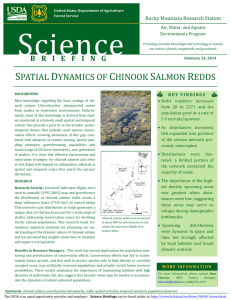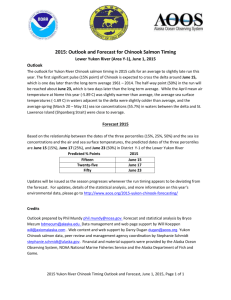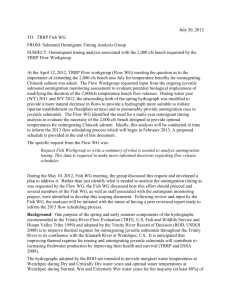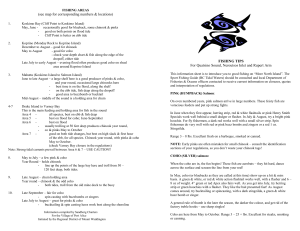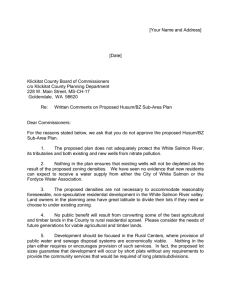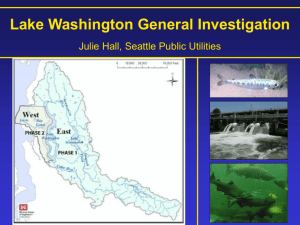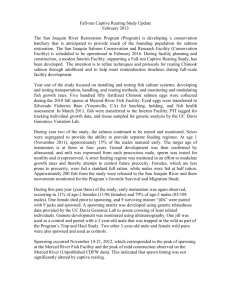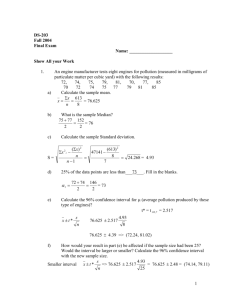Fall chinook returns to Hanford Reach of Columbia River breaks
advertisement
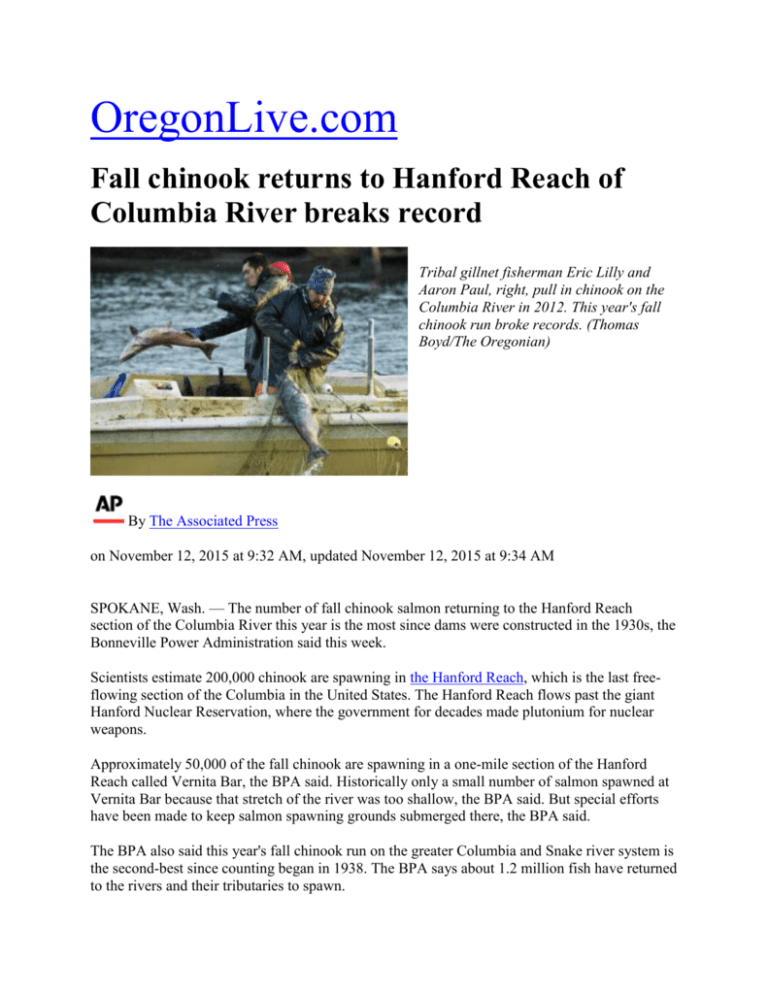
OregonLive.com Fall chinook returns to Hanford Reach of Columbia River breaks record Tribal gillnet fisherman Eric Lilly and Aaron Paul, right, pull in chinook on the Columbia River in 2012. This year's fall chinook run broke records. (Thomas Boyd/The Oregonian) By The Associated Press on November 12, 2015 at 9:32 AM, updated November 12, 2015 at 9:34 AM SPOKANE, Wash. — The number of fall chinook salmon returning to the Hanford Reach section of the Columbia River this year is the most since dams were constructed in the 1930s, the Bonneville Power Administration said this week. Scientists estimate 200,000 chinook are spawning in the Hanford Reach, which is the last freeflowing section of the Columbia in the United States. The Hanford Reach flows past the giant Hanford Nuclear Reservation, where the government for decades made plutonium for nuclear weapons. Approximately 50,000 of the fall chinook are spawning in a one-mile section of the Hanford Reach called Vernita Bar, the BPA said. Historically only a small number of salmon spawned at Vernita Bar because that stretch of the river was too shallow, the BPA said. But special efforts have been made to keep salmon spawning grounds submerged there, the BPA said. The BPA also said this year's fall chinook run on the greater Columbia and Snake river system is the second-best since counting began in 1938. The BPA says about 1.2 million fish have returned to the rivers and their tributaries to spawn. A series of dams built from the 1930s to the 1960s decimated some of the nation's largest salmon runs on the Columbia-Snake river system. The federal government has spent billions of dollars over the decades to restore salmon runs, some of which are listed as endangered. Utilities and the BPA have worked to balance the needs of salmon with power production, flood control and other river uses, the BPA said. "The result has been a significant increase in fish survival and much larger numbers of spawning salmon," the BPA, which markets power from federal dams, said in a press release. The Columbia River Inter-Tribal Fish Commission, which represents four Indian tribes that have fishing rights on the river, said the salmon numbers were good news. "The success of this fall chinook run reflects the region's commitment to healthy salmon runs and the collaborative spirit that has made it possible," said Paul Lumley, executive director of the fish commission. There was also good news for the fall chinook returning to the Snake River, which were listed as threatened under the Endangered Species Act in 1992. Thanks to intensive restoration efforts by the Nez Perce Tribe, their numbers have rebounded since they were listed. This year, 59,005 fall chinook have passed Lower Granite Dam, southwest of Pullman, on their way to spawning grounds. That's the second-largest return ever to that dam. But salmon advocate Linwood Laughy of Kooskia, Idaho, said the numbers failed to distinguish between wild salmon and hatchery-raised salmon. "The threatened and endangered fish are wild fish," Laughy said. "They are also trying to suggest that all is well with salmon in the entire Columbia Basin, including wild Snake River fish," Laughy said. Snake River fall chinook are destined for extinction unless four giant dams on the lower Snake River are breached, to restore the river to its natural flow, Laughy said. Large numbers of salmon died during their migration to the sea this year because the water in reservoirs behind the Snake River dams became too warm, he said. --The Associated Press
